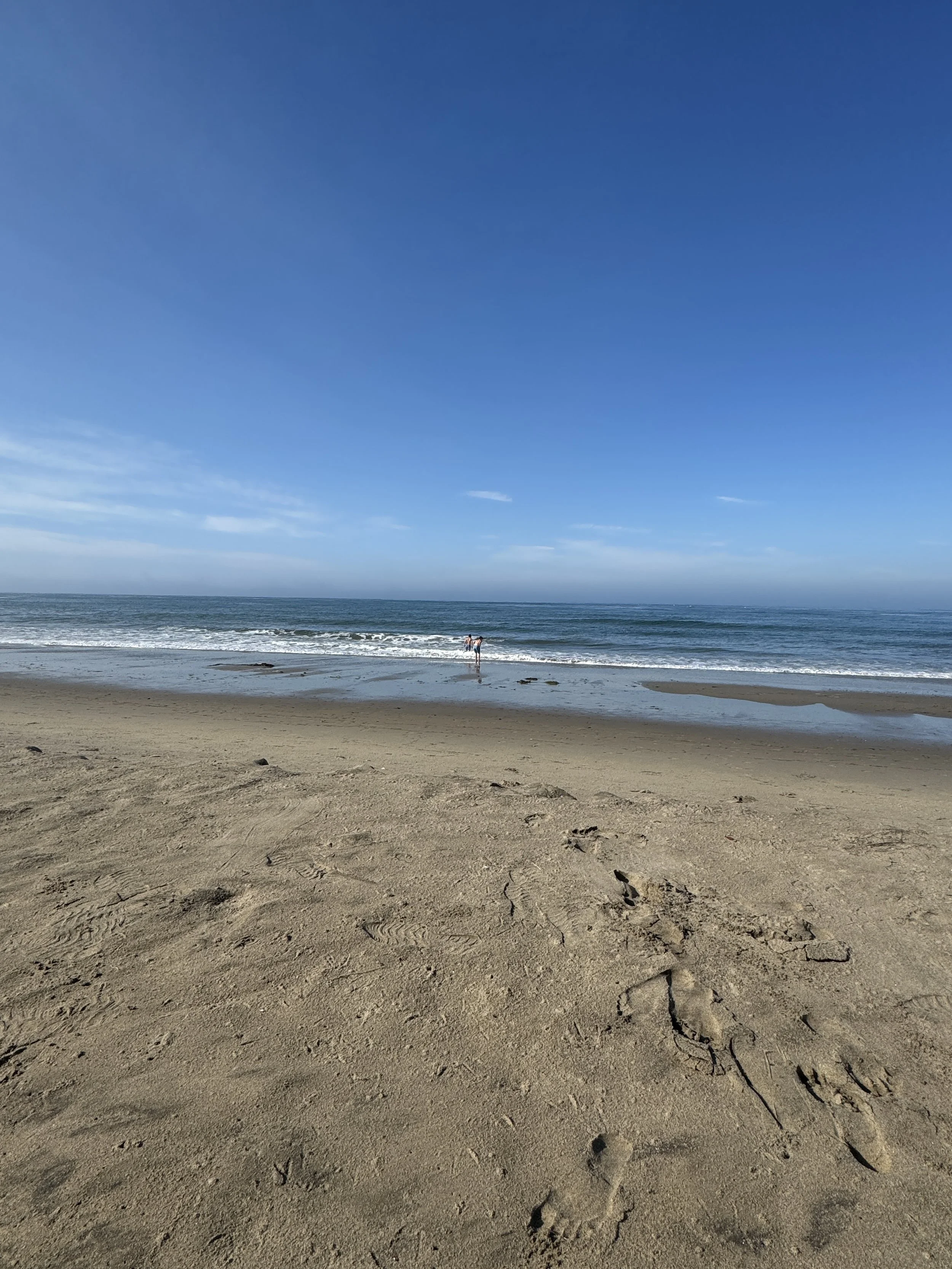Sunscreen Doping
Higher is Better, Or is It?
We’ve all been there: standing in the sunscreen aisle, warned that sun exposure causes cancer, we scan the bottles and assume a higher SPF must be better.
Sunscreen brands count on this assumption. Their most critical marketing move is getting that SPF number as high as possible to ensure their product is the one you choose. But in the race to win your trust, a controversial practice has emerged in the “clean” beauty space. It’s called “sunscreen doping,” and it means your trusted mineral sunscreen might be getting a boost from a hidden chemical UV helper that is not advertised on the front of the bottle.
This is just the latest chapter in the evolution of sunscreen from the early days of pasty, borderline-diaper-cream zinc oxide to the chemical UV filters we now know can absorb into the bloodstream and disrupt our hormones.
Each sunscreen season, companies compete for the latest and greatest SPF concoction with claims like "goes on clear," "rubs in easy," and "non-greasy," plus novel applications like aerosol sprays, powders, or—in the case of 2025’s most recent gimmick—whipped mousse sunscreen.
Yet, even with new and novel formula options, a higher SPF is still paramount to a successful selling sunscreen. But is the SPF number what matters most when it comes to your sun protection? The short answer is not necessarily, and there is a lot more to the story. But, you need to know what’s going on behind closed doors to fudge the numbers, so to speak.
The Mineral Sunscreen Dilemma
As consumers become more savvy about which sunscreens are the safest (mineral ones, not chemical ones), brands are left trying to formulate exclusively with mineral UV filters like zinc oxide that are more difficult to make aesthetically pleasing and achieve an acceptable SPF. For instance, each 1% of zinc oxide in a formula provides, at best, two points of SPF. So a formula with 10% zinc oxide should theoretically max out with an SPF rating of 20. When you look at many “clean” mineral sunscreens on the market, the math isn’t mathing. How are companies able to claim an SPF 40 on a product with only 12% zinc oxide? Enter "sunscreen doping" (as it's been recently referred to in various research and articles).
Doping Agents
SPF Boosters: The Good Guys
Many factors can impact or boost SPF test results. One is how well-dispersed the formula is—meaning how uniformly the zinc oxide is spread out and not aggregated, so that some areas are better covered than others. Some ingredients can aid this dispersion, like polyhydroxystearic acid, as well as manufacturing techniques like high-shear mixing. Also, certain ingredients like caprylic/capric triglyceride increase spreadability, which in turn helps the UV filters spread evenly on the skin.
The Sneaky Imposter: An Ingredient to Watch Out For
More recently, companies are relying on another, sneakier way to get even higher SPF numbers: using an ingredient that is labeled as "inactive" but performs as an active UV filter. Butyloctyl salicylate is similar in structure to the chemical UV filter octisalate, which absorbs into the bloodstream and may impact fertility by interfering with sperm function.
Even though it is functionally like the active UV filter octisalate (which must be legally listed in the "Active Ingredients" section on a sunscreen label in the US), butyloctyl salicylate is listed in the "Inactive Ingredients" section of many mineral sunscreens. This is where things get cloudy. If you purchase a mineral-only sunscreen under the premise that zinc oxide is the only active UV filter (thereby making it the safest option), it very well may contain butyloctyl salicylate, and this is misleading. You would need to scan through the full ingredient list to determine if it is a truly a mineral-only sunscreen and not rely on the marketing and front-label claims.
So, How Do You Protect Yourself?
The key takeaway is this: You can't trust the front of the bottle. The only way to be sure is to ignore marketing claims, find the entire ingredient list (active and inactive) and determine if there are risky ingredients included like butyloctyl salicylate.
I know how overwhelming that can feel. Standing in the store aisle trying to decipher a long list of chemical names in minuscule font is exactly why I created the Switch Natural app.
Simply scan the fine print, and it will instantly flag problematic ingredients, so you can shop with confidence knowing what's really in your sunscreen.







